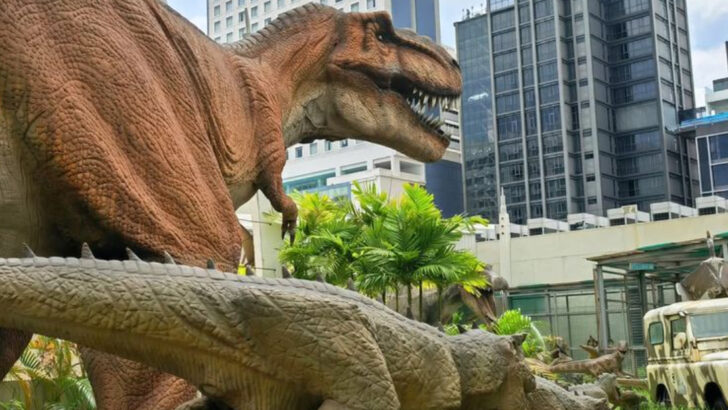What if the dinosaurs never went extinct? Imagine a world where these colossal creatures didn’t fade into history, but instead continued to evolve alongside us. How would they have changed? Would they have mastered tools, built cities, or perhaps become something we never even imagined?
The possibilities are mind-boggling. From soaring, intelligent flying reptiles to massive, tech-savvy lizards, the future of dinosaurs could have taken some truly wild turns.
Join us as we dive into seven speculative theories about how dinosaurs could have evolved if they’d survived the test of time. These bold ideas will stretch the limits of your imagination and leave you wondering what could have been in a world where dinosaurs still roamed free.
Technologically Advanced Dinosaurs
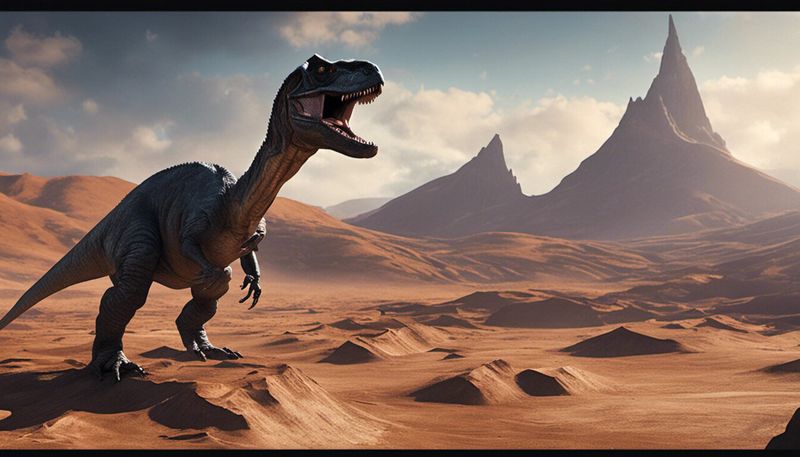
Imagine dinosaurs developing intelligence akin to humans. Over generations, they could have created their own technology. Picture a T-Rex with a smartphone, navigating a world where dinosaurs build cities.
They might have invented unique tools, using resources available in their prehistoric environment. Technological advances could lead to societal structures similar to human civilizations. With cognitive skills evolving, communication methods may emerge, altering interactions among species.
These technological dinosaurs might have faced challenges like resource scarcity, leading to cooperative societies. Such advancements would reshape their ecological niches, influencing the survival of other species.
Dinosaurs with Urban Habitats
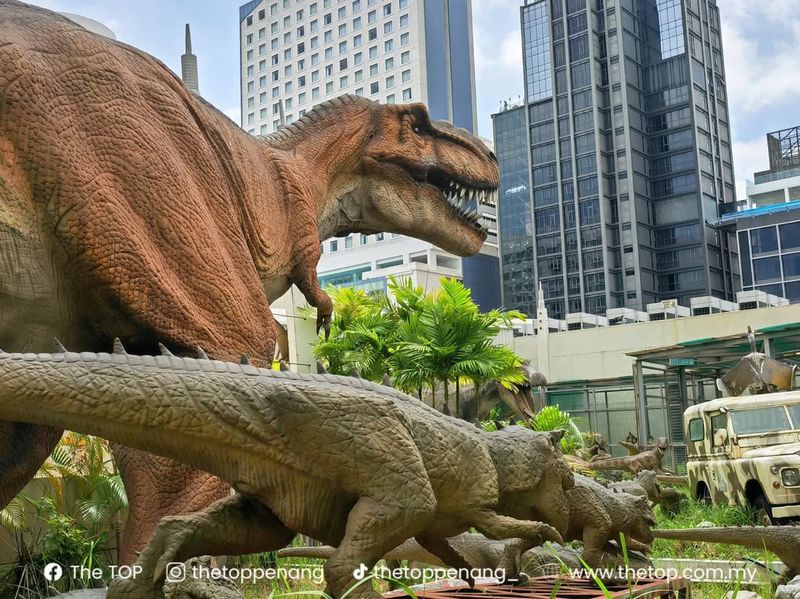
As Earth’s landscapes change, dinosaurs could adapt to urban habitats, creating cities in prehistoric jungles. Imagine Stegosaurus navigating through sprawling dinosaur metropolises, adjusting lifestyles for city living.
Urban adaptation might include developing social behaviors, similar to those seen in modern city-dwelling animals. They could face challenges like pollution and overpopulation, fostering innovative solutions. Such urbanized dinosaurs might form communities with complex social hierarchies, relying on cooperation for survival.
Their habitats would influence evolutionary paths, potentially leading to domestication of smaller species. Urbanization could redefine predator-prey dynamics within dinosaur societies.
Aquatic Dinosaurs
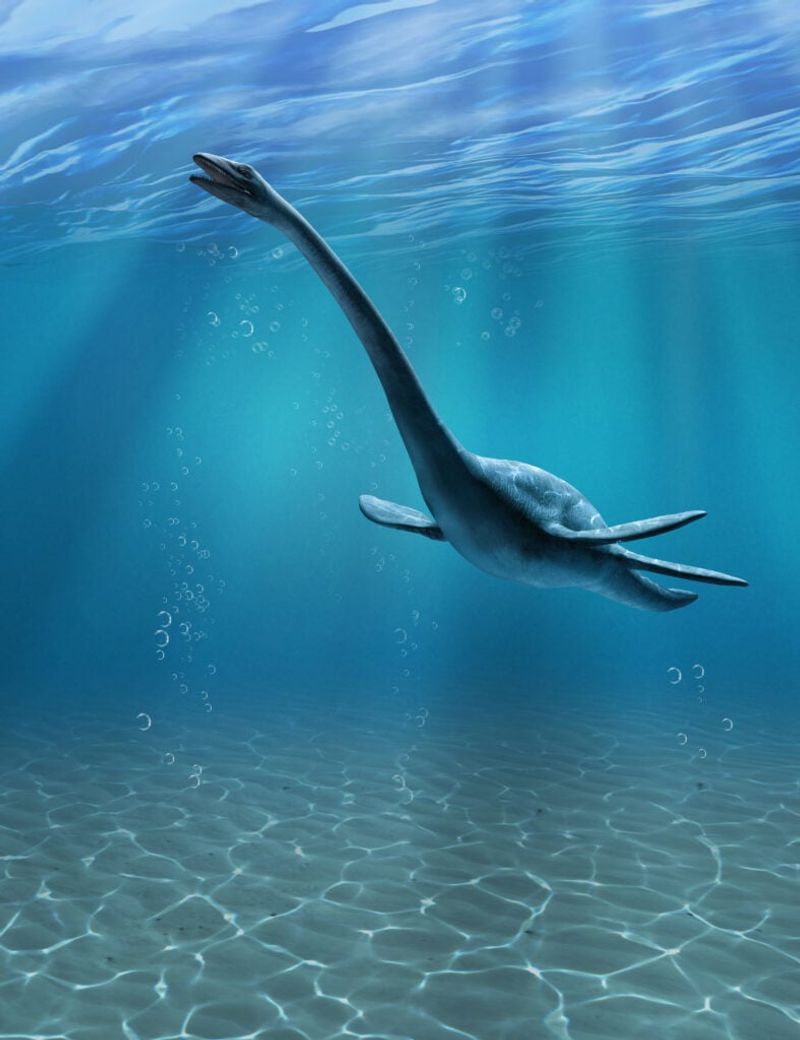
Some dinosaurs might have evolved to thrive underwater, developing fins or gills for aquatic environments. Picture Triceratops gliding gracefully through ancient seas, adapting to life below the waves.
These aquatic dinosaurs could explore vast oceanic territories, discovering new underwater resources. Their evolution would involve changes in physiology, with streamlined bodies for efficient swimming. Aquatic adaptations may lead to new feeding habits, hunting underwater prey.
This shift could impact their predatory roles, influencing marine ecosystems. Over time, they might develop social structures similar to marine mammals, fostering community-oriented lifestyles.
Dinosaurs with Flight
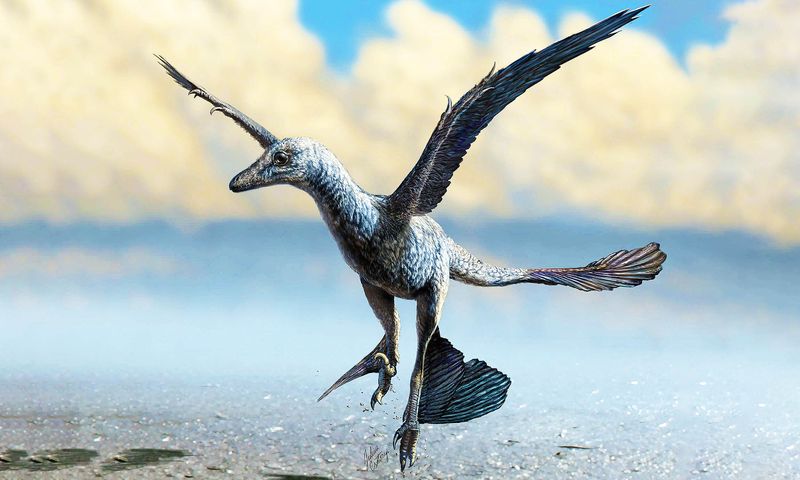
Imagine large dinosaurs evolving the ability to fly, developing wings to soar through prehistoric skies. Envision Brontosaurus with expansive wingspans, gliding effortlessly over ancient forests.
Flight adaptations require significant physiological changes, like lighter bone structures and powerful muscles. Flying dinosaurs could explore new territories, expanding their ecological reach. This evolution might lead to unique feeding strategies, catching airborne prey.
Flight could offer advantages in escaping predators, influencing survival rates. Their aerial dominance would alter ecosystem dynamics, potentially reducing competition for terrestrial resources. Over generations, these winged giants might perfect the art of flight.
Dinosaurs With Camouflage Abilities
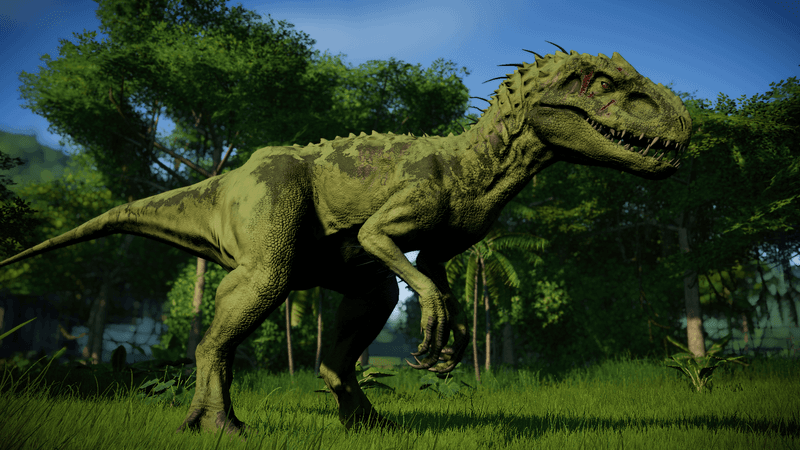
Camouflage could play a crucial role in dinosaur evolution, with species developing advanced skin adaptations for stealth. Imagine Velociraptors blending seamlessly into their surroundings, using color changes to avoid detection.
Such adaptations would enhance survival, protecting from predators and aiding hunting strategies. Their skin might exhibit dynamic patterns, shifting with environmental cues. This evolutionary path could lead to complex social behaviors, relying on stealth for communication.
Camouflage would influence predator-prey interactions, altering ecological balances. Over time, these abilities might expand beyond visuals, incorporating scent or sound masking techniques. Such evolutionary prowess would redefine survival strategies in dinosaur societies.
Dinosaurs with Symbiotic Relationships
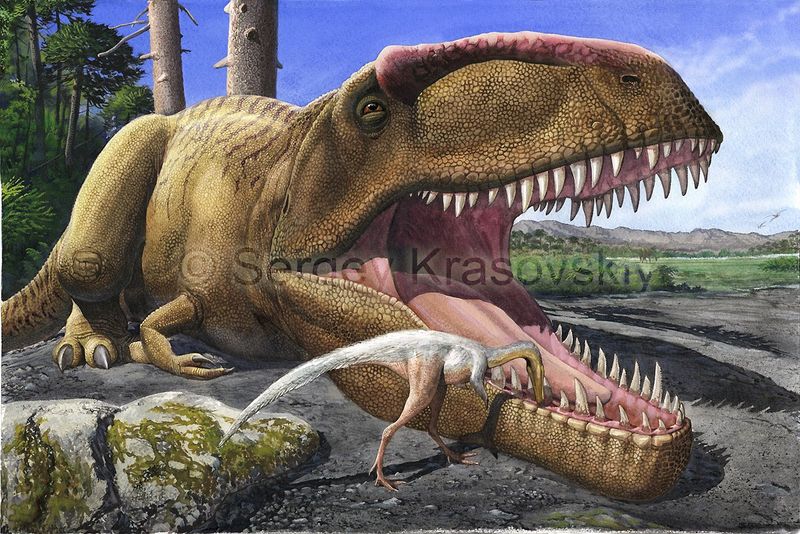
Symbiotic relationships could drive dinosaur evolution, fostering partnerships with other species. Imagine Triceratops coexisting with smaller creatures, each benefiting the other.
These relationships might involve shared resources, protection, or unique adaptations. Over time, mutualistic bonds could influence social structures, encouraging cooperative behaviors. Such partnerships might shift ecological roles, reducing competition and promoting biodiversity.
Symbiosis could lead to innovative survival strategies, leveraging strengths of diverse species. These relationships might evolve into complex networks, altering ecosystem dynamics. The reliance on symbiotic bonds might shape evolutionary paths, influencing dinosaur survival in varied environments.
Dinosaurs Developing Complex Social Structures
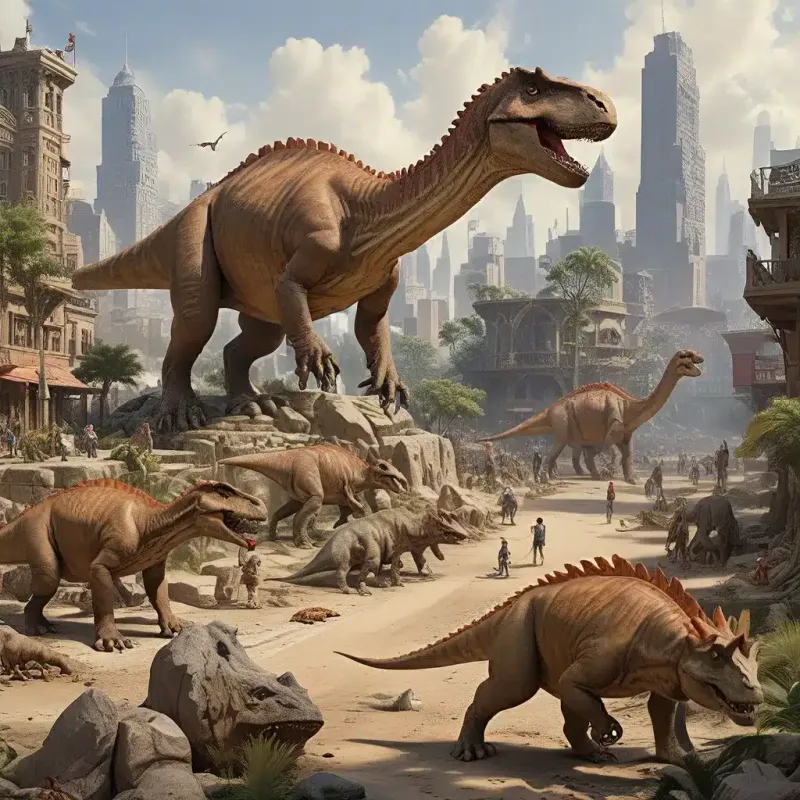
Social evolution could lead dinosaurs to develop intricate societal structures, fostering organized communities. Picture Dracorex forming packs with defined hierarchies, similar to modern social animals.
These structures might involve roles for leadership, hunting, and nurturing young. Social dynamics could impact mating strategies, promoting genetic diversity. Over time, social evolution might lead to cultural development, including rituals or communication methods. Such societies could adapt to environmental changes, leveraging collective intelligence for survival.
This evolution would influence interspecies interactions, creating alliances or rivalries. The complexity of dinosaur societies would redefine their ecological influence, shaping evolutionary trajectories.

